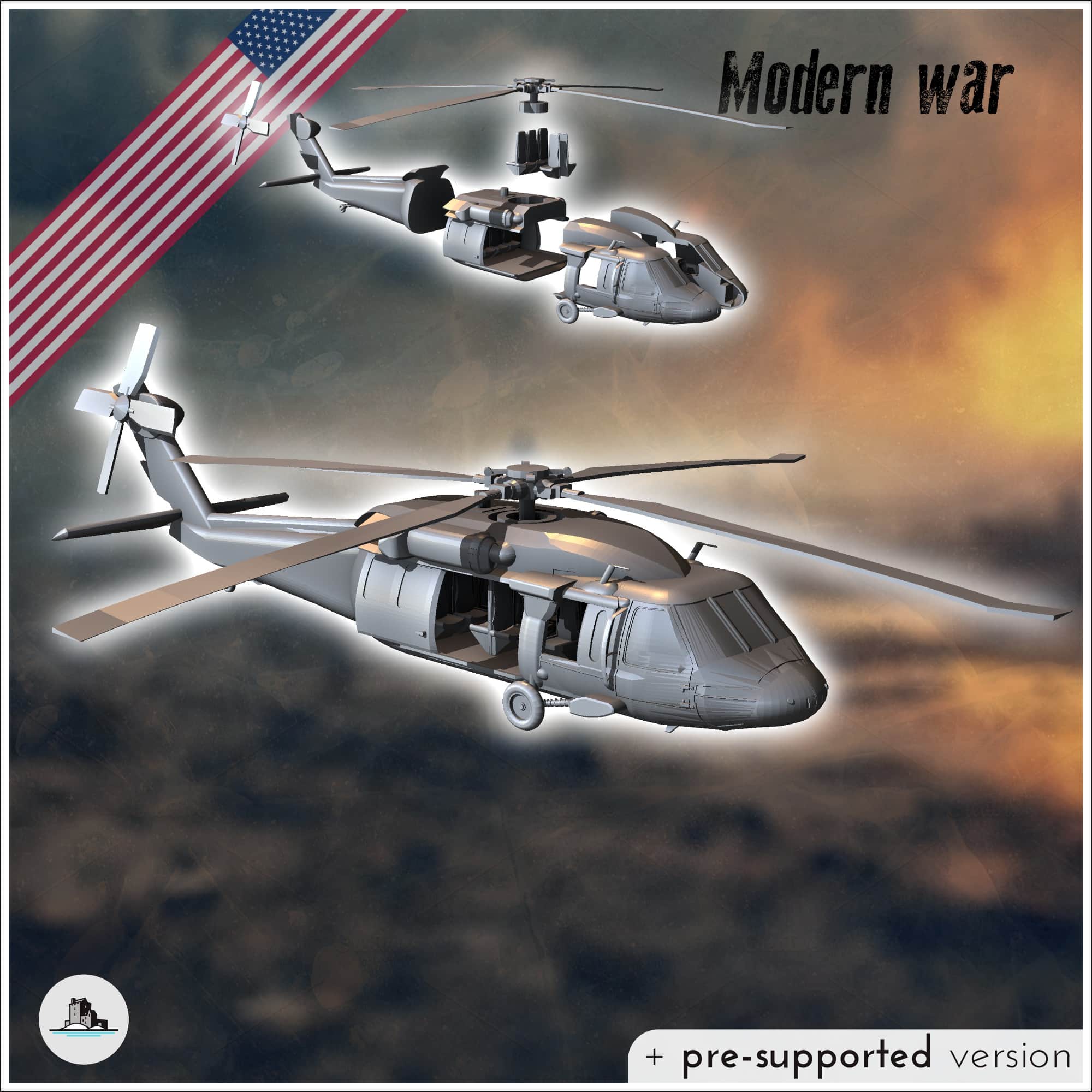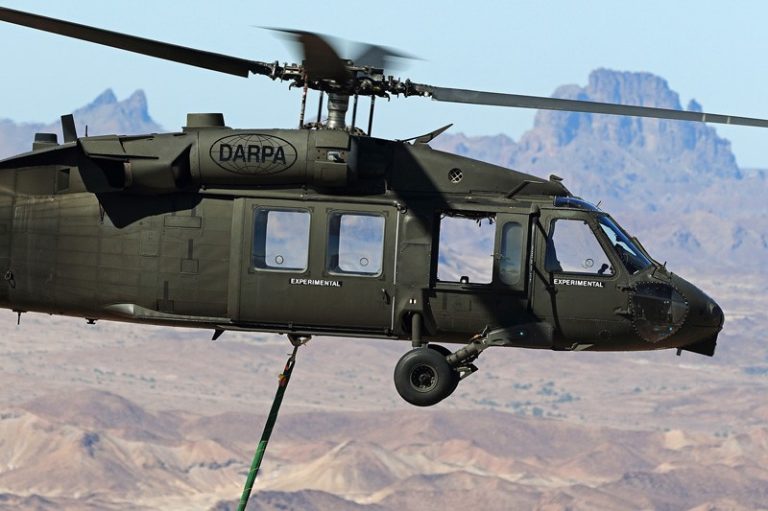Learn more about the Versatile Applications of the UH60 in Both Army and Noncombatant Roles
Learn more about the Versatile Applications of the UH60 in Both Army and Noncombatant Roles
Blog Article
Understanding the UH60: The Ultimate Armed Force Helicopter Experience
The UH-60 Black Hawk helicopter represents a critical evolution in armed forces aviation, incorporating robust design with diverse functional abilities. As we explore the history, requirements, and technical innovations of the UH-60, it ends up being evident that its role in shaping modern-day armed forces strategies is both significant and substantial.
History of the UH-60
Arising from the requirement for a flexible utility helicopter throughout the late 1960s, the UH-60 Black Hawk was developed by Sikorsky Aircraft Firm in feedback to the united state Military's requirement for a contemporary combat zone transport helicopter. The layout process began in 1972, culminating in its very first trip in October 1974. The Black Hawk was engineered to change the aging UH-1 Iroquois, likewise called the "Huey," which had been a staple of Army aeronautics considering that the Vietnam War.

Throughout the years, the Black Hawk has actually undertaken numerous upgrades, maintaining its relevance in contemporary army operations. Its success has actually caused the growth of numerous versions, serving numerous branches of the united state armed forces and allied pressures worldwide, establishing the UH-60 as a keystone of military air travel background
Key Features and Specifications
The UH-60 Black Hawk is identified by its sophisticated style and durable specifications, which add to its flexibility on the battlefield. This multi-role helicopter features a twin-engine arrangement, powered by 2 General Electric T700-GE-701C engines, delivering a maximum outcome of 1,800 shaft horsepower each. This powerful engine setup allows the Black Hawk to reach an optimum rate of about 183 knots (211 mph) and a solution ceiling of 19,000 feet.
The airplane's composite rotor blades provide outstanding lift and ability to move, while its four-blade major rotor system enhances security (UH60). The Black Hawk is geared up with sophisticated avionics, consisting of an electronic cabin and night vision capacities, ensuring efficient procedures in diverse problems. Its cabin can accommodate as much as 11 soldiers or carry as much as 8,000 pounds of freight, making it ideal for various logistical requirements
The UH-60's modular design enables very easy upkeep and upgrades, making certain durability and versatility in evolving armed forces demands. Additionally, its innovative survivability features, such as crashworthy seats and armor, boost staff security during objectives. On the whole, the UH-60 Black Hawk represents a considerable innovation in armed forces air travel modern technology.
Functional Functions and Goals
Versatility is a trademark of the UH-60 Black Hawk, allowing it to execute a broad array of operational functions and objectives throughout numerous army settings. Primarily designed for troop transport, the Black Hawk can bring approximately 11 soldiers and is regularly used in air attack procedures, permitting fast insertion and removal of ground pressures in disputed locations.

In addition to troop transport, the UH-60 is adept at medical discharge (MEDEVAC) objectives. Equipped with innovative clinical devices and employees, it can swiftly evacuate injured soldiers from the battleground, considerably boosting survival rates in important situations. The helicopter also plays an essential duty in logistics support, supplying materials, ammo, and tools to onward operating bases in austere settings.
In Addition, the Black Hawk functions as a system for special operations objectives, including reconnaissance and straight activity. Its capacity to run in numerous terrains and its low-flying abilities make it an important asset for systems conducting hidden procedures.

Technological Advancements
Development in aeronautics technology has actually significantly boosted the abilities of the UH-60 Black Hawk, ensuring its relevance in modern military operations. The helicopter is geared Continued up with innovative avionics systems that offer pilots with premium situational recognition, consisting of multi-functional display screens, enhanced GPS, and sophisticated surface understanding systems. These functions allow precise navigating and objective execution, also in difficult atmospheres.
In addition, the combination of data systems enables safe and secure and instantaneous details exchange between devices, assisting in worked with operations. The UH-60's look at here now upgraded rotor systems and composite materials add to boosted efficiency, offering greater speed, dexterity, and lowered maintenance expenses.
Additionally, advancements in tool systems, such as the ability to release precision-guided munitions, improve the Black Hawk's role in fight scenarios. The helicopter's capacity to sustain medical discharge goals is additionally bolstered by new medical equipment and innovations, guaranteeing effective individual care in transit.
Finally, ongoing enhancements in stealth modern technology and noise reduction devices additionally strengthen the UH-60's effectiveness in covert procedures, enabling it to operate in hostile territories with a reduced probability of discovery. Jointly, these technological improvements highlight the Black Hawk's enduring prominence in army air travel.
Influence On Modern Warfare
Boosted capabilities of the UH-60 Black Hawk have profoundly influenced contemporary warfare strategies and techniques. Its adaptability in troop transport, medevac operations, and reconnaissance roles has redefined the operational landscape for military pressures. The helicopter's ability to run in diverse atmospheres, from urban settings to sturdy terrains, enables better tactical adaptability, allowing commanders to adjust quickly to transforming field of battle problems.
The UH-60's advanced avionics and communication systems improve situational recognition, helping with real-time knowledge sharing and coordination amongst devices. This capacity is vital in modern crooked warfare, where fast decision-making can determine the result of involvements. Furthermore, the helicopter's ability for quick insertion and extraction of special operations forces has actually become a characteristic of modern armed forces projects, emphasizing rate and accuracy.
In Addition, the Black Hawk's integration with unmanned aerial systems and other sophisticated modern technologies symbolizes a change in the direction of multi-domain operations. As a result, the UH-60 not only offers as a vital asset in traditional disputes however likewise plays a crucial function in counterinsurgency and peacekeeping missions, underscoring its enduring effect Home Page on modern army teaching and the development of warfare.
Conclusion
The UH-60 Black Hawk represents a peak of armed forces air travel, defined by its versatility, progressed engineering, and robust style. Its capacities in army transportation, medical emptying, and logistical assistance underscore its important duty in contemporary armed forces operations. Continuous technological improvements and improvements have further strengthened the Black Hawk's critical significance, enabling fast response and adaptability in varied combat scenarios. Eventually, the UH-60 continues to be an essential property, shaping the landscape of modern war and operational effectiveness.

Development in aviation innovation has actually significantly boosted the capacities of the UH-60 Black Hawk, guaranteeing its significance in contemporary army operations.The UH-60 Black Hawk represents a peak of army aeronautics, identified by its versatility, advanced engineering, and robust layout.
Report this page